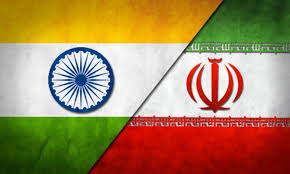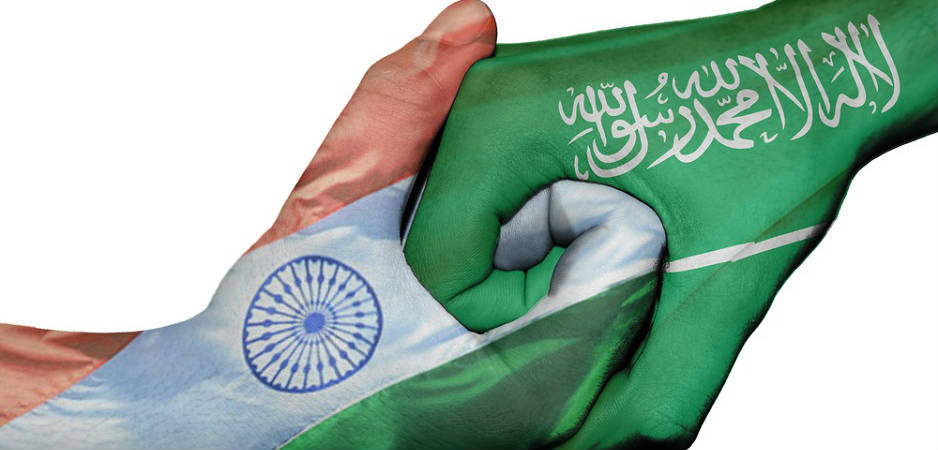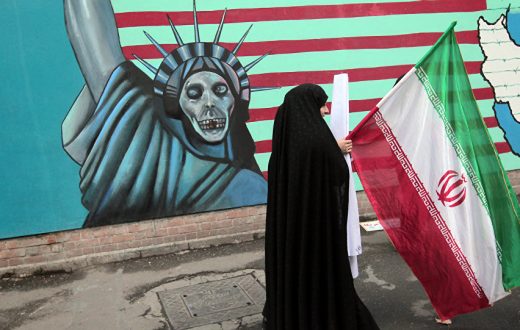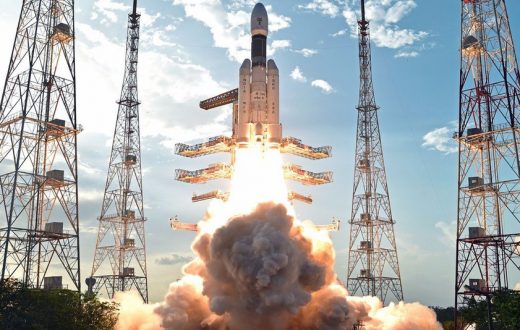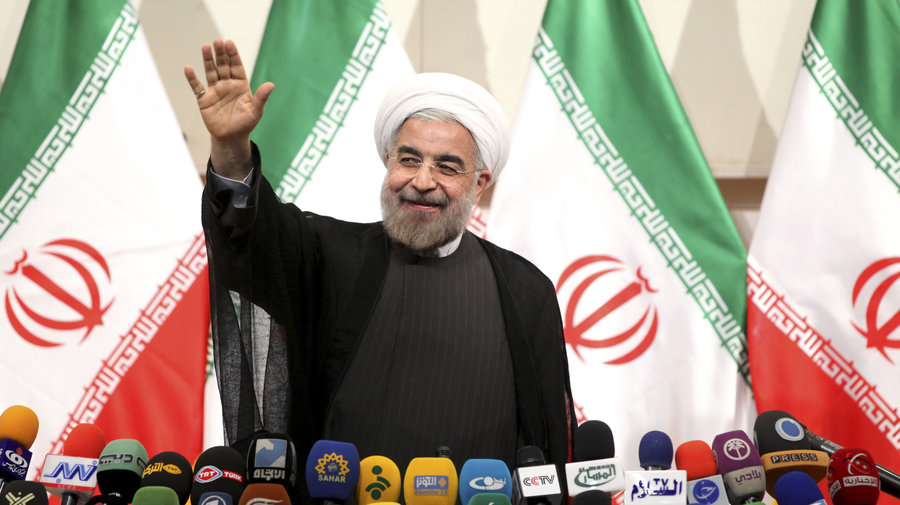- Chabahar’s proximity to existing ports in the Gulf and Arabian seas will force it to compete for shipping traffic and scarce development funds.
- Construction on the port will begin this year, but several things will obstruct its completion.
- The deteriorating security situation in Afghanistan will further challenge the feasibility of using Chabahar as a trade route linking Iran with Central Asia.
Analysis
India wants to expand its influence beyond South Asia, and to that end it has turned to a seemingly unlikely partner: Iran. But Iran may be a more logical choice than it would first appear. Their shared history of cooperation actually dates back to the 16th century, when Persian was the official language of India’s Mughal Empire. More recently, India and Iran jointly supported the Northern Alliance against the Taliban in Afghanistan during the first phase of Operation Enduring Freedom in 2001. Both are also home to large Muslim populations.
Beyond history and culture, their cooperation also extends to the energy sector. Iran is India’s sixth largest supplier of oil, providing 250,000 barrels per day, roughly 6 percent of India’s crude oil imports. The two nations have also been negotiating on various energy projects. There is the Iran-Oman-India Pipeline, a $4.5 billion undersea natural gas corridor expected to transport 31.5 million cubic meters of natural gas per day to India, and a plan for India to increase its crude oil imports from a post-sanctions Iran by an additional 200,000 bpd, pending pricing negotiations. Yet the project that may best exemplify India’s ambitions of carving a greater sphere of influence in Asia — particularly Central Asia, the Middle East and Afghanistan — is the planned improvement of the Chabahar Port.
The Benefits
Situated on the Gulf of Oman near the Iranian border with Pakistan, Chabahar is just 299 kilometers (186 miles) east of one of the world’s most critical passageways for oil tankers, the Strait of Hormuz. In May 2015, India and Iran signed a memorandum of understanding whereby India pledged to invest $85 million in a first phase of construction to transform two berths in the port, one to a functional container terminal and the other to a multipurpose cargo terminal. In the second phase, India pledged to invest $110 million to develop a 901-kilometer railway linking Chabahar to the iron ore mines in Hajigak, Afghanistan. So far, Iran has invested $340 million into the port and has declared the surrounding area a free trade industrial zone.
The port could benefit both nations. While 85 percent of Iran’s seaborne traffic is processed through the country’s other port in Bandar Abbas in the Strait of Hormuz, that port can handle only 100,000-metric ton ships. Larger ships have to first off-load at the Jebel Ali port in the United Arab Emirates en route to Iran. Chabahar — a deep-water port — could alleviate the problem by being able to process larger ships, not to mention diversifying Iran’s ports of entry. For India, the port is part of New Delhi’s broader strategy of engaging the Middle East, expanding its trade routes with Central Asia and furthering its influence in Afghanistan.
Since assuming office in May 2014, Indian Prime Minister Narendra Modi has courted various, and at times competing, countries in the Middle East as part of India’s historical foreign policy of non-alignment. For instance, just as India is strengthening its energy and diplomatic ties with Iran, Modi signed a defense cooperation pact in 2014 with Iran’s rival, Saudi Arabia, which is also India’s biggest supplier of crude oil. India’s strong energy dependence on the region explains this engagement: Last year, India sourced 57 percent of its crude oil from the Middle East, and its energy dependence on the region will only grow in the next decade as India’s energy needs increase.
Besides energy, India wants to use the Chabahar Port to expand trade with Afghanistan and with the rest of Central Asia, where India has also been steadily increasing its presence. Since 2001, India has provided Afghanistanwith $2 billion in development assistance. In December, Modi visited Kabul to inaugurate the newly constructed Afghan parliament building, which India financed at a cost of $90 million. In 2009, India finished building Route 606, a 217-kilometer highway costing $100 million that links the southwestern Afghan city of Zaranj with Delaram, located on the Afghanistan-Iran border. From there, local roads connect to Chabahar. And India has made good use of the improved infrastructure: In 2012, New Delhi used the port to transport a 100,000-metric ton shipment of wheat to Afghanistan.
Reality Meets Expectations
The Chabahar Port could well give India a trade inlet to Afghanistan and Central Asia, deepening India’s presence in the Middle East while bypassing Pakistan. Still, the project is fraught with complications. First, Chabahar’s proximity to existing ports in the Gulf and Arabian seas will force it to compete for shipping traffic and scarce development funds. Iran estimates the port and surrounding chemical complexes will cost $31 billion, but so far India and Iran have invested just $340 million in the port and have promised only another $195 million — less than 2 percent of the full amount needed. India and Iran will need private investment to cover the rest and have the difficult task of convincing investors that Chabahar is a safe investment over other regional ports, including the Khalifa port in Abu Dhabi, the Duqm port in Oman and the Gwadar port in Pakistan.
Second, the security situation in Afghanistan is deteriorating. Taliban gains suggest that Afghanistan will face a difficult year ahead. Consequently, the prospects for building the necessary rail lines linking Chabahar with Afghanistan will remain dim, similar to the recently inaugurated Turkmenistan-Afghanistan-Pakistan-India pipeline, which languished for more than a decade thanks to Afghan insecurity.
Finally, India’s bureaucratic infighting will not make financing the port any easier. The six-month memorandum of understanding signed between India and Iran in May 2015 expired in November, with no conclusive deal reached. It is not the first time that an agreement between the two nations on Chabahar has expired; dealings to develop the port started in 2003. And while India and Iran signed an agreement Feb. 13 for New Delhi to provide Tehran with a $150 million line of credit to develop a railway, it came after six months of delays, during which the Indian Finance Ministry sought greater clarity on the project before granting the funds. Moreover, both nations have yet to settle India’s $6.5 billion oil debt owed to Iran. Iran has requested repayment in dollars or euros — more stable currencies than the Indian rupee — but India has declined.
Iran and India will have difficulty meeting the expectations of the Chabahar Port. They will be able to complete the first two construction phases, but finishing the entire project this year, if ever, is highly unlikely. Much has been made of Modi’s “Look East” policy of engaging more with Southeast Asia, a critical component of his plans to enhance Indian influence throughout Eurasia. But as the prime minister gazes west toward Chabahar, the outlook may be less promising.

